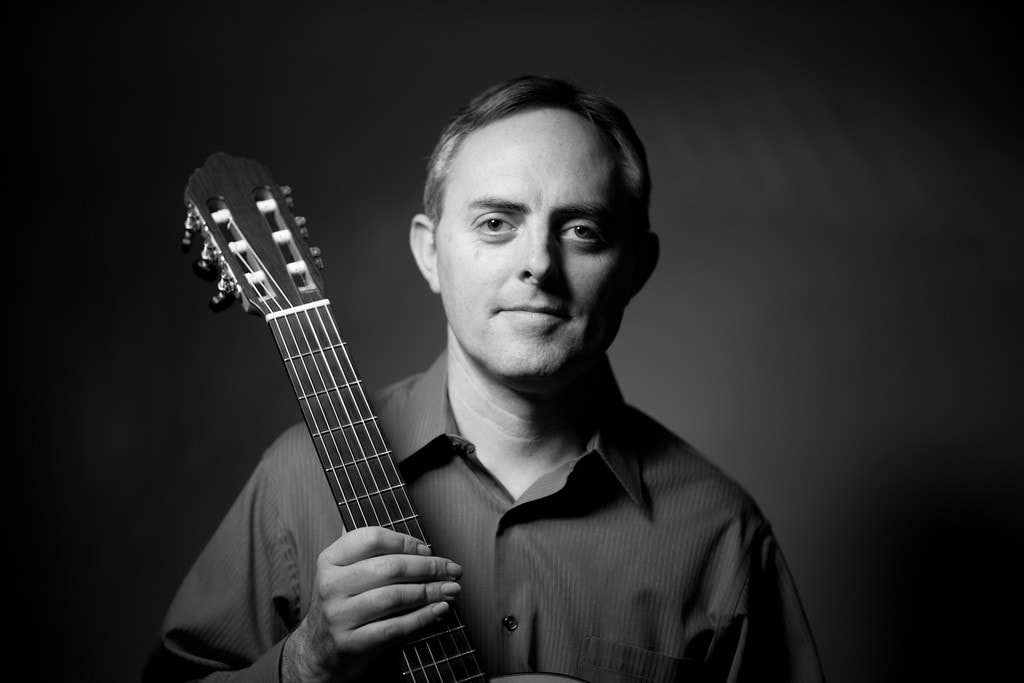Flamenco Guitar & Classical Guitar - Jake Mossman
Menu
Classical guitar
Every time I pick up the Classical guitar, it feels good in my hands. The wood of the guitar smells good to me, and playing the guitar for me is a meditation and a retreat. When I approach a new piece of music, it feels like solving a puzzle. At first, it's completely unfamiliar. The process of taking something unfamiliar and turning it into something which is not only familiar, but programmed into my muscle memory, feels wonderful. Eventually, it can be played without thinking at all. Just feeling and emoting. As a teenager, I was lucky to find a good Classical Guitar teacher - Carl Bernstein in Las Vegas, NM. It takes a high level of devotion to survive as a Classical Guitarist in a rural area, and Carl did it. He taught me more than just Classical Guitar. He imparted some of his devotion, which I still feel today. I went on to study Classical Guitar Performance at the University of New Mexico with Michael Chapdelaine. Weekly lessons with Chapdelaine channeled my focus into long hours of practicing tone control, musicality and interpretation. He was the strict teacher, which was good because I needed to correct bad habits and start from scratch. During my University years, I was also fortunate to travel to various guitar festivals around the country and study with amazing artists. As a Classical Guitarist, I had always been blown away by Pepe Romero, The Los Angeles Guitar Quartet, who at that time were Scott Tenant, William Kannengeiser, Andrew York and John Dearman, not just for their amazing technique and musicianship, but also for their poise and humor. At these festivals I found myself studying with them, along with other great guitarists - Ricardo Cobo, David Tanenbaum, Dusan Bogdanović and many other amazing players. When I graduated from college, I continued to compose my own music for the Classical Guitar, and simultaneously turned my focus toward Flamenco. My compositions started to reflect the rhythms and sensibilities of Flamenco, and my creative path began to emerge as a Classical and Flamenco guitarist. At some point, I came across my future teacher and mentor, Adam del Monte, who helped to integrate my pursuit of Classical and Flamenco guitar into a single pursuit. By refining my Flamenco technique and applying it to my Classical repertoire, I found a more comfortable way of executing and interpreting the music. As the years passed and I did more and more accompaniment of Flamenco dancers and singers, my playing turned more and more toward Flamenco repertoire. During Covid, I turned inward and returned to Classical Guitar and found that my many years of Flamenco had shifted my interpretation of rhythm and timing altogether. So many Classical composers borrowed loosely from ethnic dance traditions, and so many Classical performers take so much liberty with their interpretation, that there is no longer a connection to the original form. I like to imagine a dancer when I play, and how they would move. If the music is played too quickly or too slowly, or with too much rubato, what would that feel like to a dancer? Or how would this melody be sung by a singer? That is a much clearer perspective than simply playing music from the standpoint of a guitar player. How would this music look if you could see it in the air?
